All the tips & tricks you need to make the best frittata ever, plus 5 drool-worthy frittata recipes.
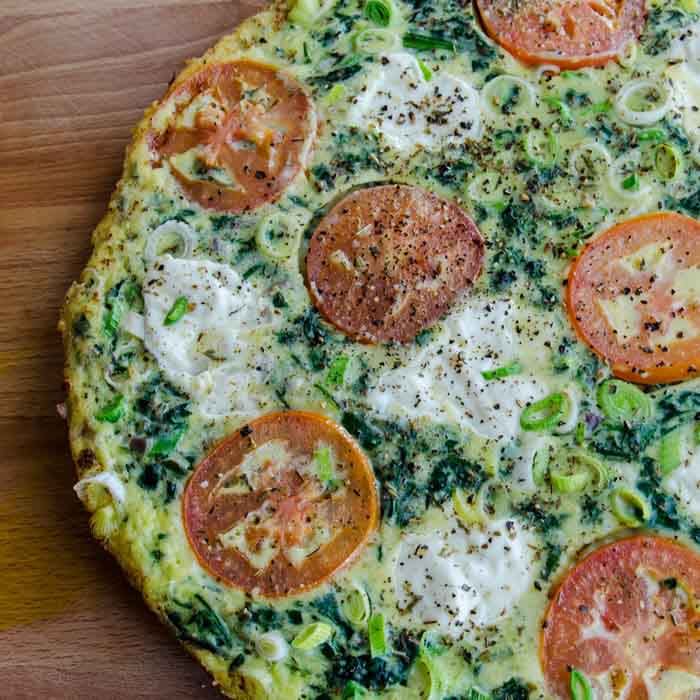 A Frittata is just an Italian omelet, right? Well, yes, sort of–although there are actually significant differences between the two. Plus, they’re worlds apart taste-wise and texture-wise.
A Frittata is just an Italian omelet, right? Well, yes, sort of–although there are actually significant differences between the two. Plus, they’re worlds apart taste-wise and texture-wise.
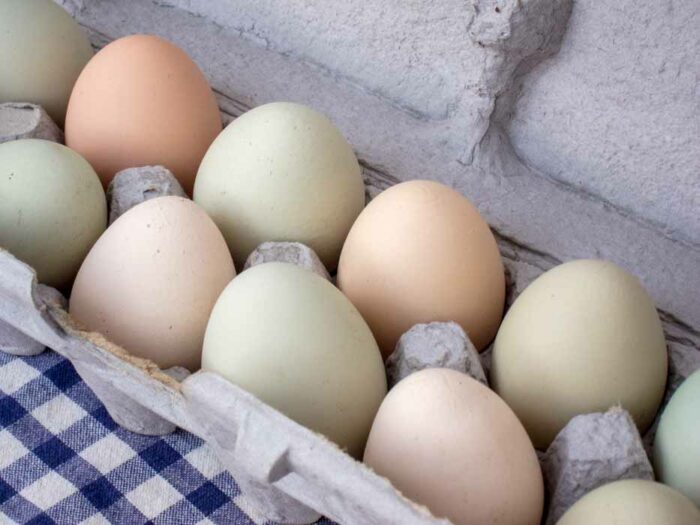 To make an omelet, beaten eggs are added to hot butter over brisk heat and quickly, gently moved to the center of the pan and/or tilted and run underneath as the edges and bottom set.
To make an omelet, beaten eggs are added to hot butter over brisk heat and quickly, gently moved to the center of the pan and/or tilted and run underneath as the edges and bottom set.
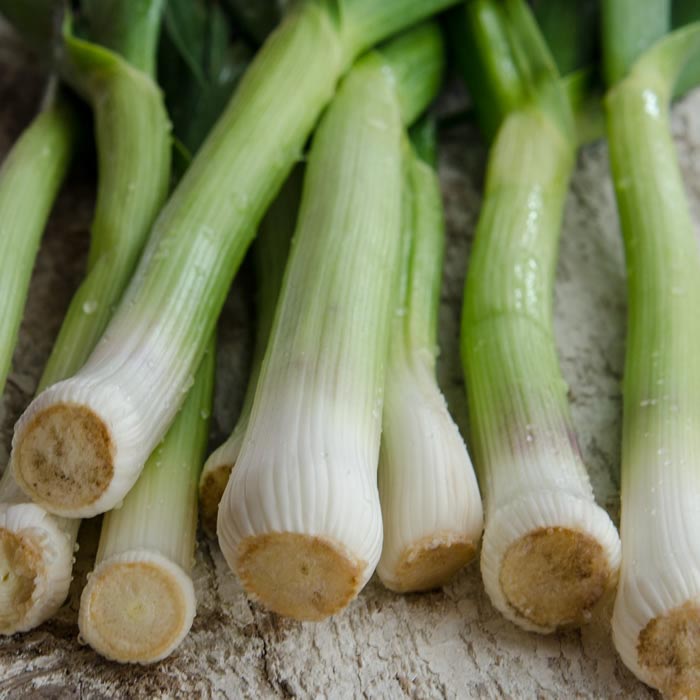 When the omelet is cooked through but not quite set on top, cheese and cooked veggies are added if desired, and then run under the broiler to melt the cheese and set the top.
When the omelet is cooked through but not quite set on top, cheese and cooked veggies are added if desired, and then run under the broiler to melt the cheese and set the top.
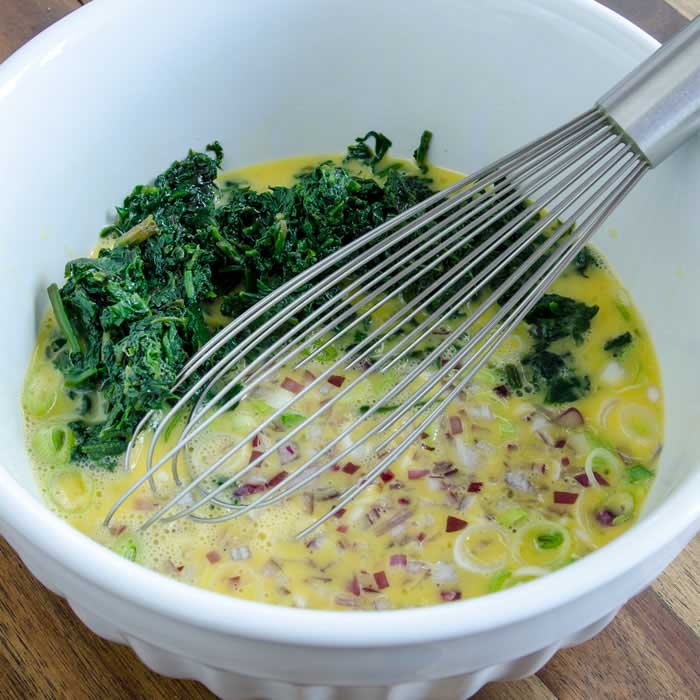 An omelet is light and tender and must be eaten immediately.
An omelet is light and tender and must be eaten immediately.
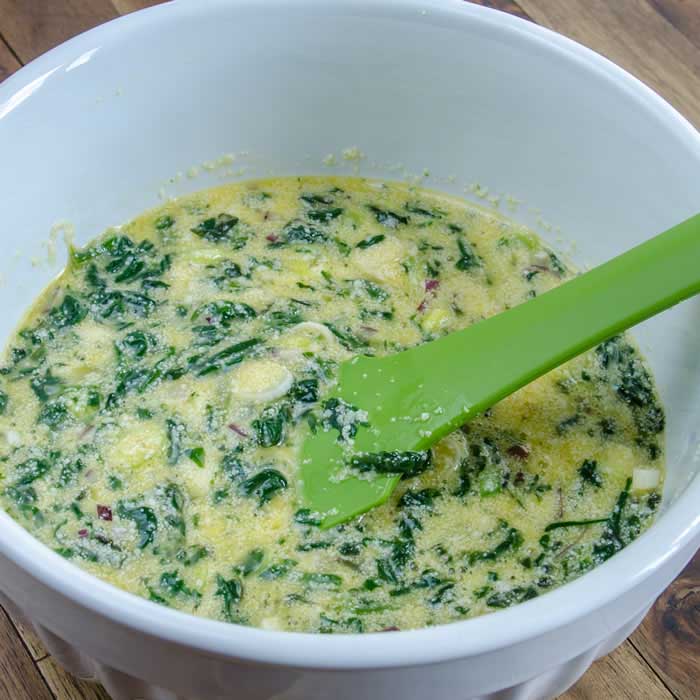 To make a frittata, beaten eggs are mixed with filling ingredients, cooked slowly over low heat until set, and served flat and open-faced.
To make a frittata, beaten eggs are mixed with filling ingredients, cooked slowly over low heat until set, and served flat and open-faced.
A frittata is firm and compact and can be eaten hot, warm, or at room temperature.
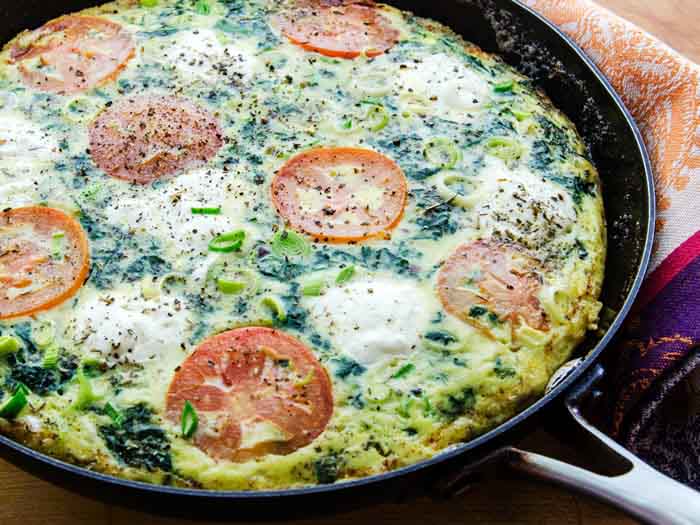 16 Tips & Tricks for the Best Frittata Ever
16 Tips & Tricks for the Best Frittata Ever
- A frittata is only as good as the eggs that go into it. For this simple dish, it’s worth the extra effort to trot over to the nearest farmers market and buy the best local eggs available. It still tickles me to buy the green and blue eggs.
- After pouring the egg mixture into a hot sauté pan, the process goes fast. If you plan to add auxiliary ingredients to the top of the frittata, make sure they are ready next to the stove top.
- All ingredients added to the egg mixture should be at room temperature. The eggs are cooked so gently that refrigerated ingredients may not have time to heat through.
- Most ingredients added to the egg mixture should be cooked. Exceptions include aromatics, such as garlic, green onion, parsley, green garlic, and garlic greens.
- All ingredients added to the egg mixture should be as dry as possible. Otherwise, they will exude moisture that won’t be absorbed in the frittata. Squeeze moisture from wilted greens, lightly sauté tomato, zucchini, and other moisture-rich vegetables.
- When eggs only (no cream) are used in frittata, it’s best to use dry grating cheeses, such as Parmigiano Reggiano, Pecorino Romano, or Asiago. With the addition of cream, however, the options expand to creamy melting cheeses, such as cheddar, jack, Gouda, fontina or gruyere.
- Season frittata mixture well with salt and pepper before cooking. Seasoning added after cooking just sits on the top of the eggs.
- To keep from weighing down the eggs, make sure that auxiliary ingredients are not in big chunks and don’t use too much of them. I made this mistake on the first test for Baby Greens & Green Garlic Frittata (below). I used a full cup of wilted baby greens on that test, and the frittata was too heavy and dense. Oops! I subsequently cut it back by half. However, there are exceptions, such as with Spanish Tortilla. In this case, eggs play second fiddle to layers of potato and onion.
- So, to be more specific, 6 large eggs measure about 1½ cups. To prevent your frittata from being too heavy, limit auxiliary ingredients (not including cheese) to no more than half this amount, or ¾ cup.
- Sometimes I see recipes for “light” or “the lightest” frittata. Let me be bold here. A properly cooked omelet is light. A classic frittata is not light. That’s not to say it’s not a lovely thing to eat, however. If you want to lighten a classic frittata, read tips 12 and 13.
- Here’s something to think about. If you add 3 cups of cream to the Basic, No Frills Frittata recipe below, you’ll have a custard. Pour that custard into a pastry shell and you’ll have a quiche. The difference in texture between frittata and quiche is extreme. One is dense and compact, with a satisfying chewiness. The other is silky and voluminous, and practically melts in your mouth. So, even though the classic frittata is made with eggs only, I sometimes see frittata recipes that include a small amount of cream. If you want to experiment with this, start by adding ¼ cup cream to 6 eggs. I like this lightened texture and used it in Baby Greens, Green Garlic & Garlic Chive Tarts. In that instance, I used ½ cup cream to 4 eggs. It was heavenly.
- Another way to alter the texture of a classic frittata is to puff it up with beaten egg whites. (I call this treatment a Souffléd Omelet.) Separate 6 eggs and use only 4 of the yolks. Whip egg whites to soft peaks, and fold into beaten egg yolks, along with cheese and seasonings. If desired, strew light-weight auxiliary ingredients on top. Following basic directions below, cook the bottom of the frittata over low heat on the stovetop for a few minutes, and then bake at 375ºF for about 15 minutes to finish.
- Frittatas are often rather homely affairs, as any colorful auxiliary ingredients are melded with the eggs. This is a lost opportunity. Simply reserve some or all of the auxiliary ingredients, and embellish the top of the uncooked frittata, pushing them down slightly into the eggs. For inspiration, look at this frittata stunner. And this. And this.
- Frittatas should be cooked over low heat. The goal is to gently cook the eggs without toughening or browning them.
- You can also bake a frittata. Use a 10- to 12-inch shallow ovenproof casserole or sauté pan. (A 10-inch cast iron skillet makes a beautiful presentation.) Grease the pan well and, if desired, line with parchment paper or foil. Heat oven to 375ºF. Bake for about 20 minutes.
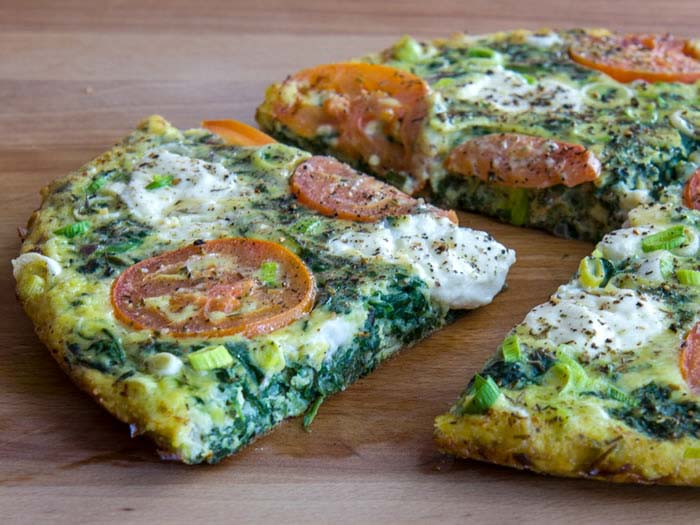 Basic, No Frills, Most Excellent Frittata
Basic, No Frills, Most Excellent Frittata
6 large eggs
½-1 cup grated Parmesan
½ teaspoon fine sea salt, or to taste
freshly ground black pepper, to taste
2 tablespoons unsalted butter
- Optional: Prepare any auxiliary ingredients (see options below).
- In a medium mixing bowl, whisk eggs together with Parmesan, salt, and pepper until just combined.
- Optional: Stir in auxiliary prepared ingredients of choice (see options below).
- Heat butter over low heat until foamy in an 11- to 12-inch omelet pan.
- Pour in the frittata mixture and level with a silicon spatula.
- Optional: Embellish the top of the frittata with prepared ingredients of choice (see options below).
- Cook frittata over low heat, covered, until nearly set all the way through (the top should still be slightly wet), about 15 minutes. At the 10 minute mark, heat the broiler.
- Uncover pan, and run frittata briefly under broiler to set the top. Neither the top nor the bottom should be more than very lightly browned.
- Loosen edges of frittata with a spatula, shake pan to ensure frittata is not stuck anywhere, and slide onto a hot serving platter.
- Cut into wedges to serve hot, warm, or at room temperature.
- Serves 4.
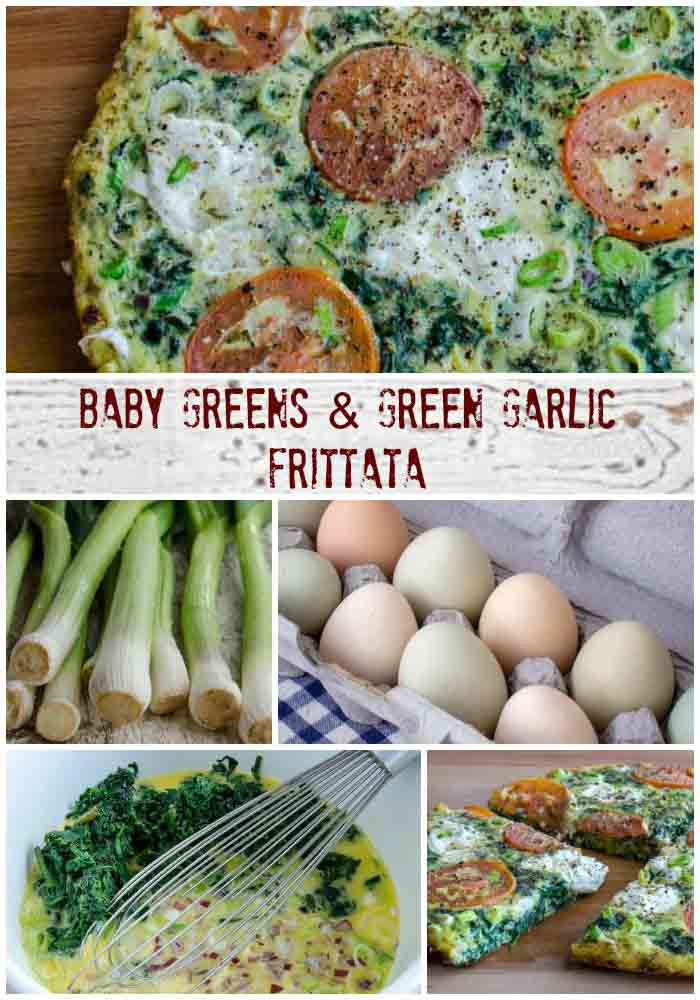 5 Fabulous Frittatas
5 Fabulous Frittatas
Baby Greens & Green Garlic Frittata
- At Step 3, stir in ½ cup wilted, squeezed dry power greens (mixture of baby spinach, chard, and kale), ½ cup thinly sliced green garlic (white and pale green portions only), ¼ cup minced red onion, 1 minced garlic clove, 1 teaspoon dried oregano, and ¼ teaspoon ground nutmeg.
- At Step 6, dollop creamy goat cheese on top of frittata and arrange sliced, paper towel-dried tomatoes here and there. Sprinkle a tablespoon or so of additional sliced green garlic on top.
Spinach & Jarlsberg Frittata
- At Step 1, in a sauté pan, sauté 1 small chopped onion and 1 clove minced garlic in 2 tablespoons unsalted butter until tender. Add 2 cups chopped spinach leaves, and sauté for several minutes, until most of the moisture evaporates.
- At Step 2, replace ½ cup grated Parmesan with ½ cup grated Jarlsberg.
- At Step 3, stir in onion-spinach mixture.
Roasted Cauliflower & Parmesan Frittata
- At Step 2, use only ½ cup grated Parmesan.
- At Step 3, stir in 2 cups roasted, chopped cauliflower and 1 minced garlic clove.
Zucchini & Parmesan Frittata
- At Step 1, in a sauté pan, sauté 1 medium chopped onion and 1 minced garlic clove in 2 tablespoons unsalted butter until tender. Add 2 medium, finely sliced zucchini and 2 tablespoons chopped parsley, and sauté for several minutes,
- At Step 2, use only ½ cup grated Parmesan.
- At Step 3, stir in onion-zucchini mixture.
Tomato & Basil Frittata
- At Step 1, in a sauté pan, sauté 1 medium chopped onion and 2 minced garlic cloves in 2 tablespoons unsalted butter until tender. Add 4 peeled, seeded, and chopped plum tomatoes and 6 finely shredded fresh basil leaves. Continue cooking until most of the liquid evaporates.
- At Step 2, use only ½ cup grated Parmesan.
- At Step 3, stir in tomato-basil mixture.
More LunaCafe Egg Dishes
Cookin’ with Gas (inspiration from around the web)
- Spinach and Red Pepper Frittata | New York Times
- Pumpkin, Spinach and Brie Frittata | Taste
Copyright 2015-2018 Susan S. Bradley. All rights reserved.

This frittata makes me happy! I’m making it tomorrow <3
Stephanie, LOL, and thank you. 🙂
I love fritattas, and make them all the time. I mean, how many other dishes can you make for dinner and eat the leftovers for breakfast? Yours looks so good. Can’t wait to try it.
So many great tips! Awesome post! Love it!
Pretty presentation! And I love the colored eggs 🙂
your tips are so helpful! i didn’t realize that all ingredients should be room temperature, and that most of them cooked. i feel an amazing frittata ready to happen in my kitchen 🙂
Great tips! i love frittatas and often make them for dinner.
and I thought that I was the “Frittata Queen!” Nope…you take the reign!! Such great tips and tricks. I can’t wait to add some goat cheese to my next one 🙂
Nicole, let’s share the title. 🙂
Now I want frittata every night for dinner. And for breakfast. And maybe for lunch. I love all of the variations that can be done with a simple recipe like this one. I was already planning one for Easter brunch, but now I’ll have to rethink which one! Farmer’s market–here I come!
LOL, thank you, Dee Dee. 🙂
I love all your tips for making a frittata. They are my go-to easy dinner food!
Pam, we probably eat way too many frittatas but it’s hard to argue with quick, easy, cheap, and delicious. 🙂
Thank you for all the wonderful tips on cooking frittata! I eat a ton of eggs and am always looking for fabulous recipes to enjoy my beloved eggs. Pinning!
Thanks Lisa! 🙂
I should make a frittata, they are too easy not to make often! 🙂
Alice, yes you should. 🙂